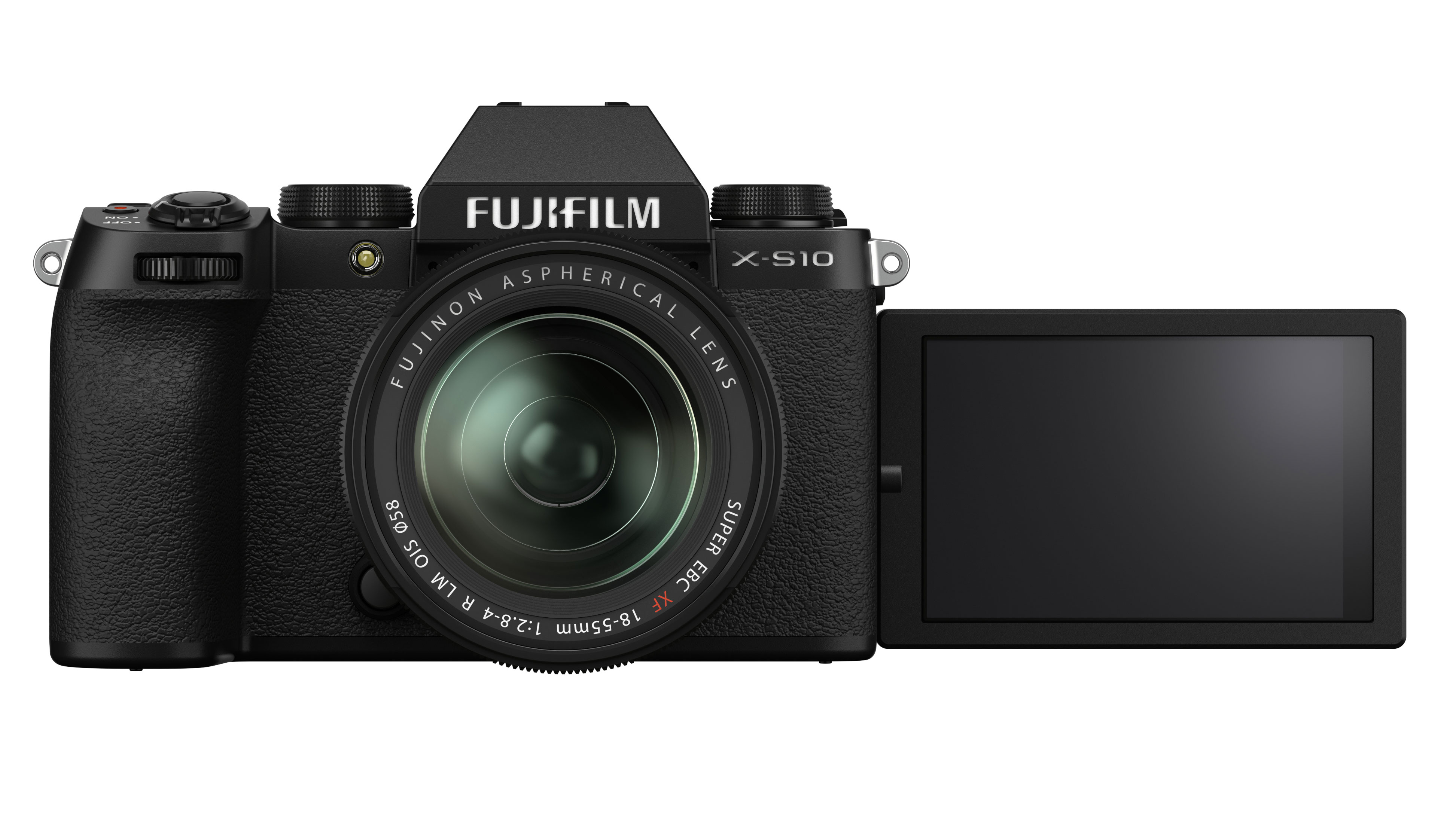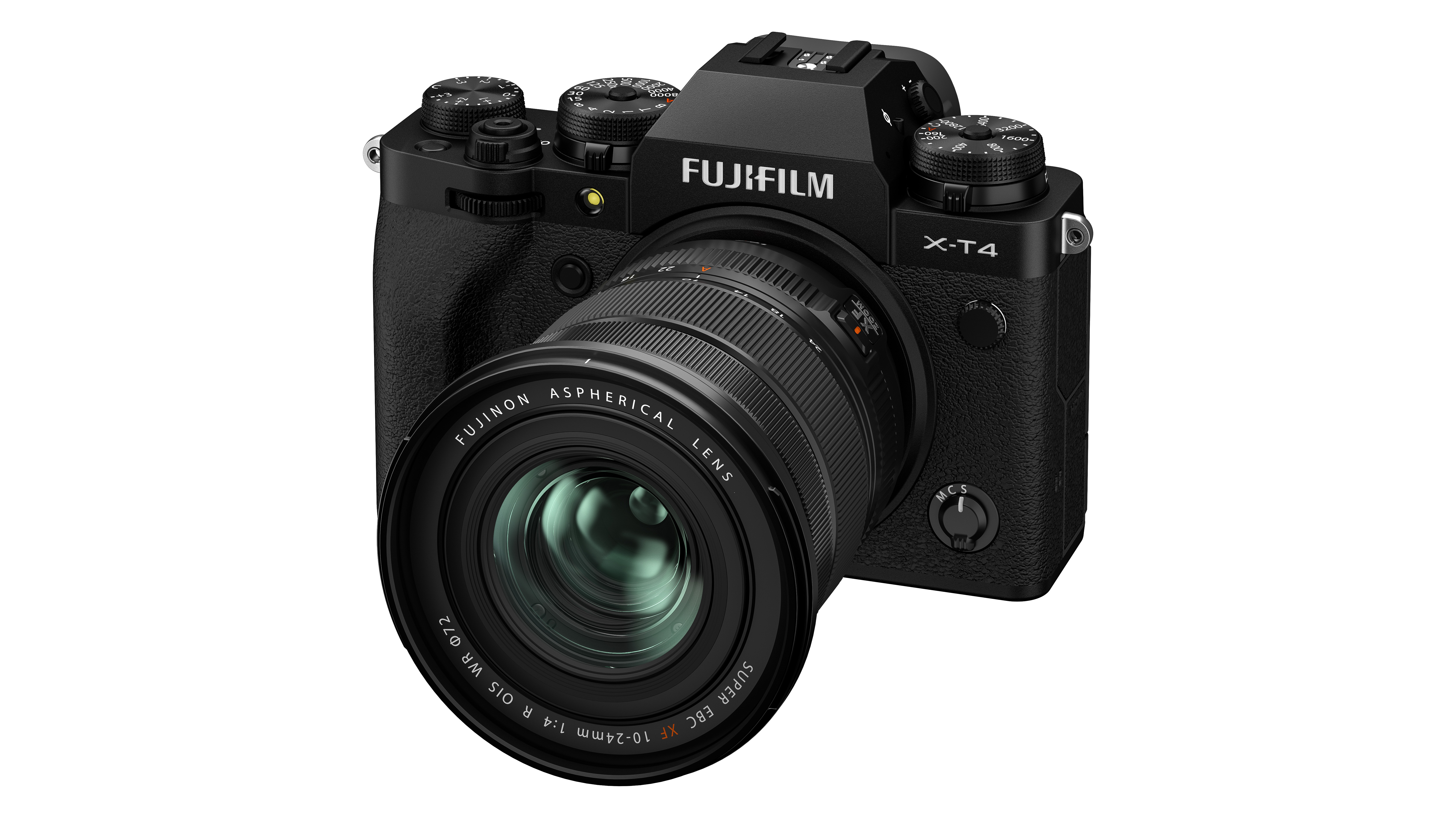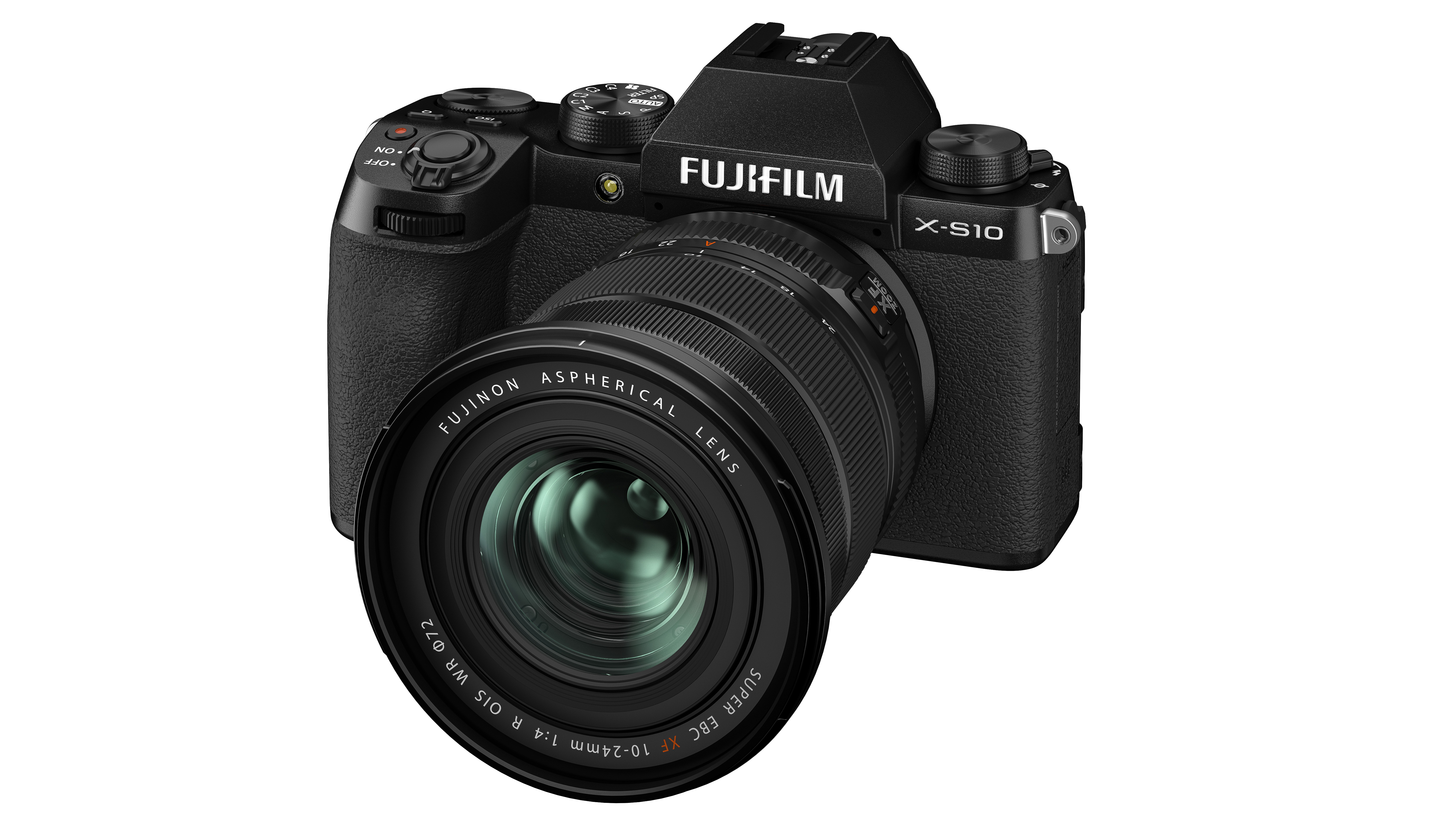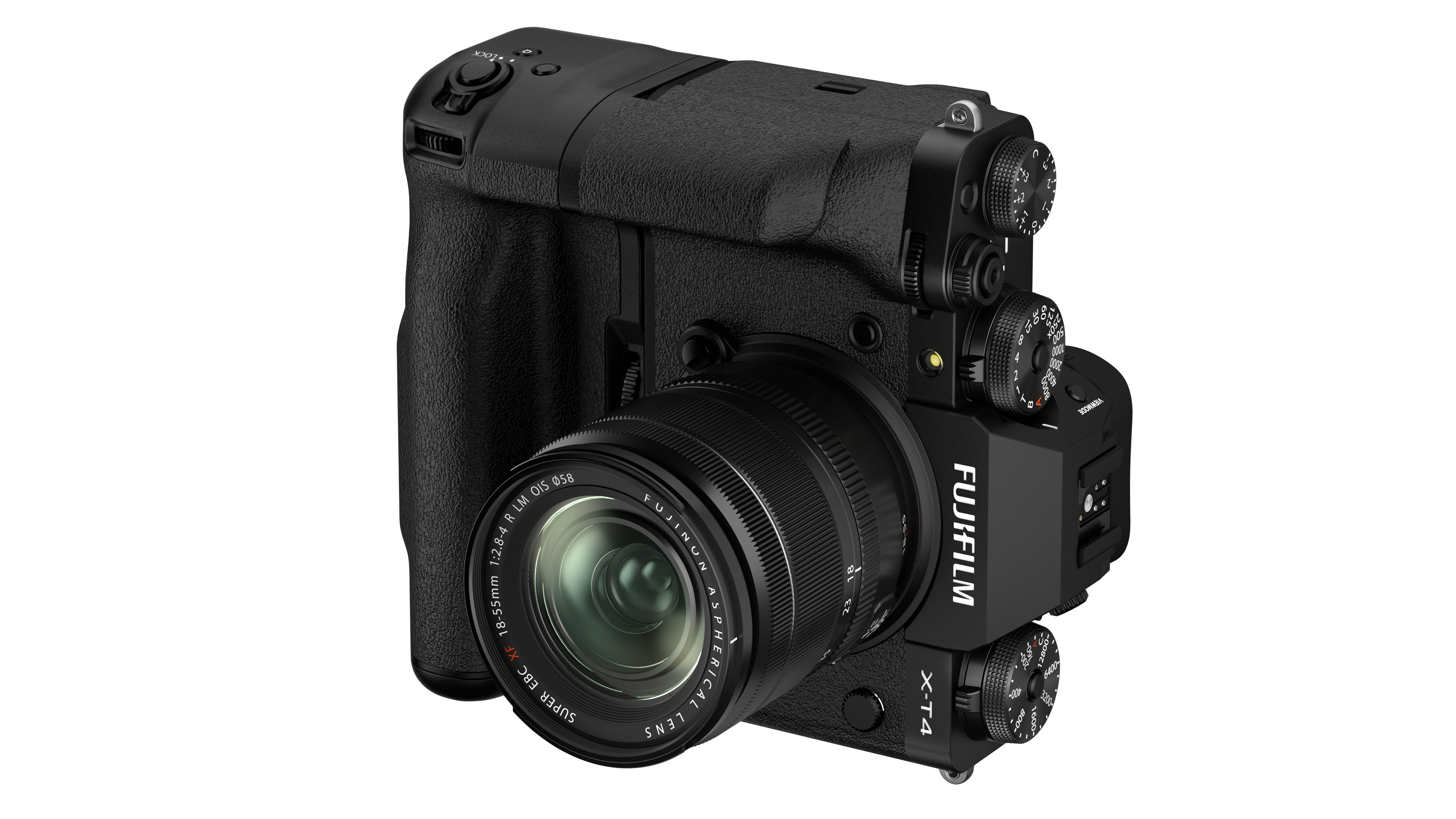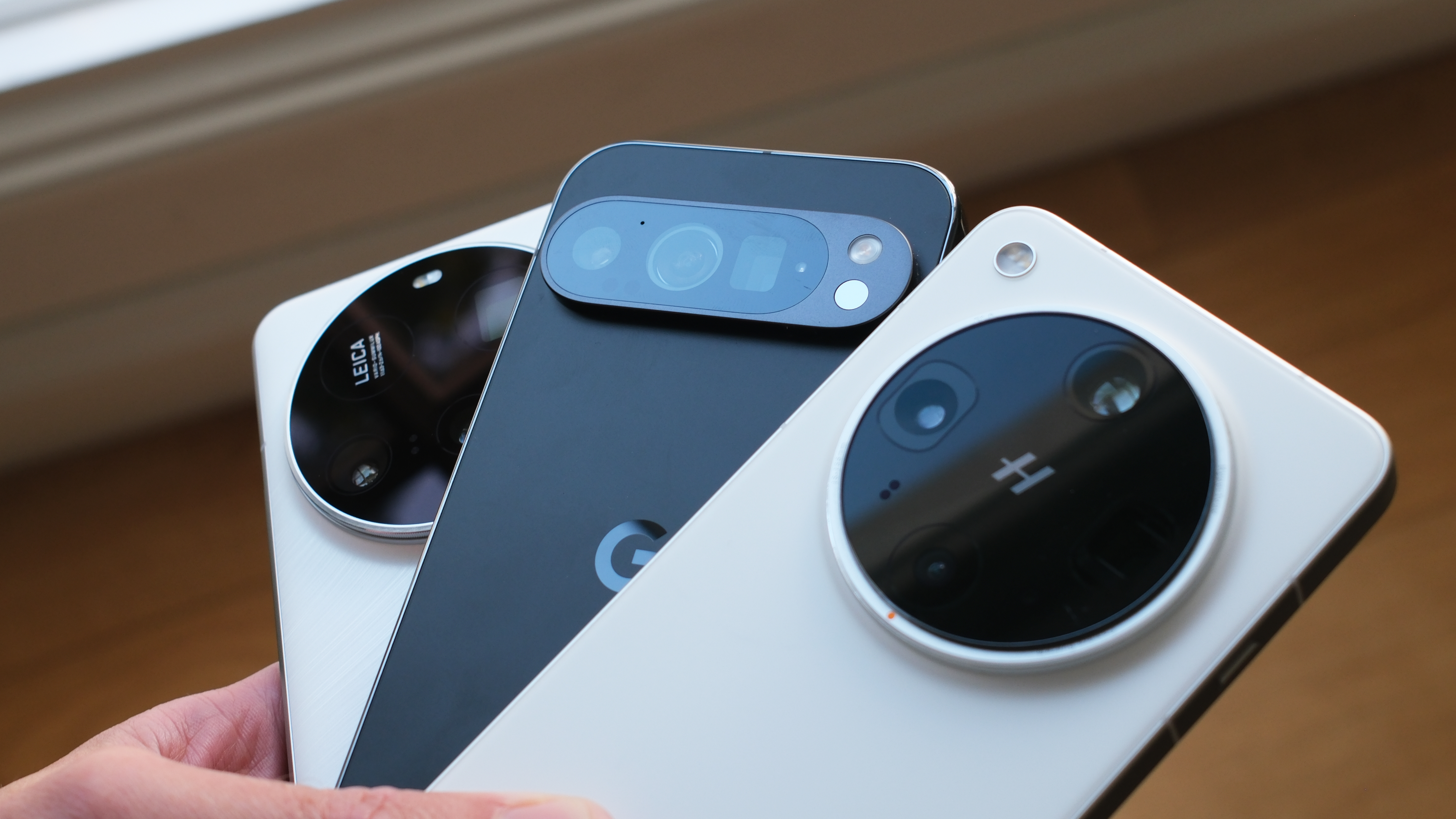Fujifilm X-S10 vs X-T4: 6 major differences explained
Our Fujifilm X-S10 vs X-T4 comparison will help you decide which of these two mirrorless cameras is right for you
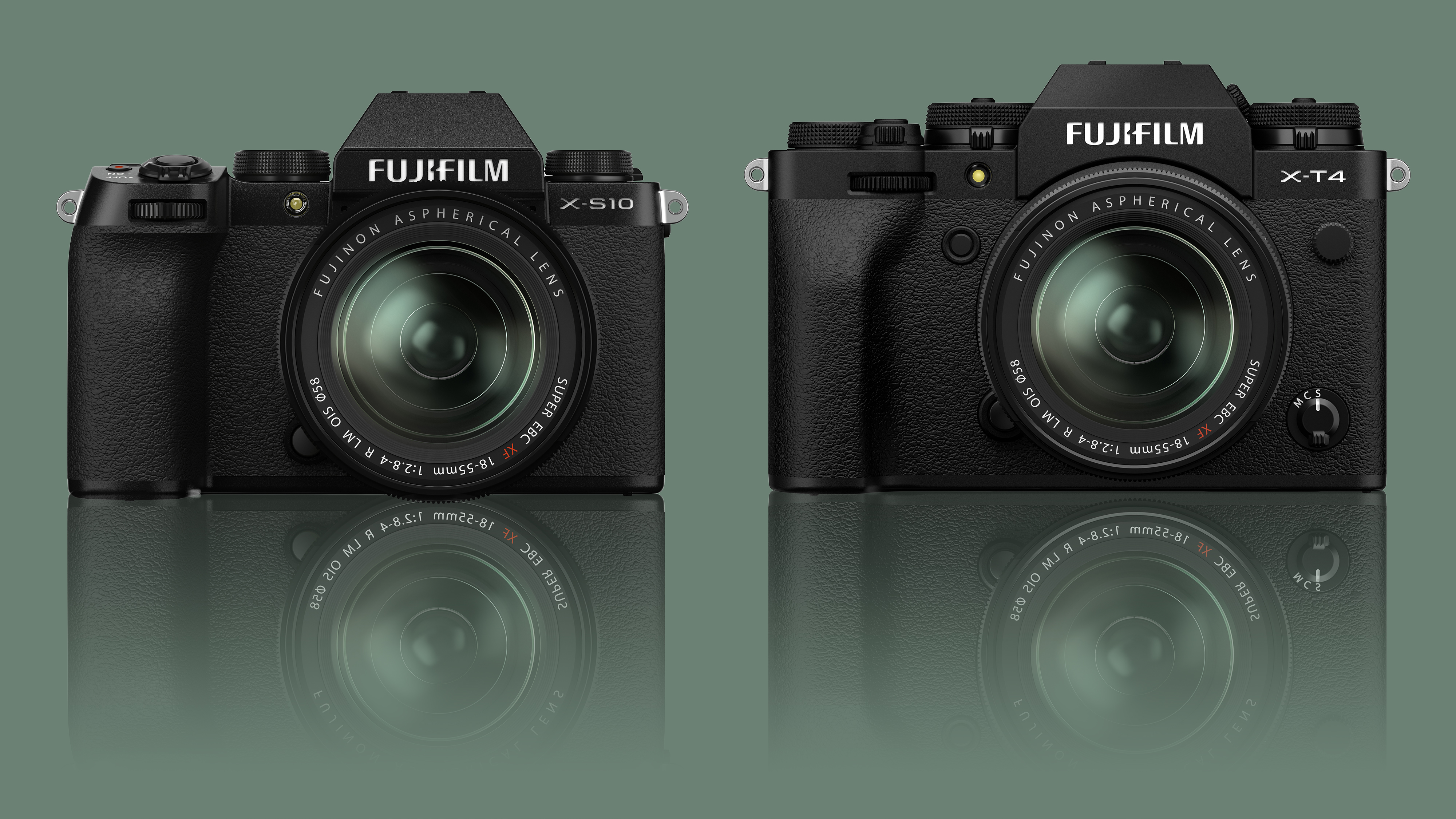
The Fujifilm X-S10 vs X-T4 comparison might look like it has a clear winner. The Fujifilm X-T4 after all is aimed at the slightly more experienced user, while the the Fujifilm X-S10 comes in at a more affordable price point and designed to appeal to those looking to upgrade from an entry-level DSLR. (Comparing the X-T4 upwards, you might also want to check out our Fujifilm X-H2S vs X-T4 comparison.)
The newer Fujifilm X-S10 is quite a departure for the company with an all-new design, but many of the major features have been borrowed from the flagship X-T4. This includes the excellent 26.1-megapixel X-Trans CMOS 4 sensor and X-Processor 4, while the autofocus system offers the same 100% phase detection AF frame coverage as the X-T4, with face and eye detection to boot.
• Read more: Best mirrorless cameras
However, while the are some clear similarities between the two cameras, there are some distinct differences as well. This is where we come in. Our Fujifilm X-S10 vs XT4 head-to-head will explore the key differences between these two mirrorless cameras, helping you choose between these two great cameras.
Fujifilm X-S10 vs X-T4: Design and handling
The biggest departure for the X-S10 is it’s design compared to both the X-T4 and other Fujifilm X-Series cameras.
Perhaps most closely resembling the X-H1 thanks to its large handgrip, the body of the X-S10 has been stripped of many of the exterior controls that are a core feature of other X-Series cameras, including the X-T4. The intention here is to broaden the appeal of the X-S10 and attract those who might otherwise be put off by the more intimidating array of external controls.
Elsewhere and due to the more compact design of the X-S10 (if you ignore the large and comfy handgrip), there’s only a single SD card slot, and not two that the X-T4 features. The X-S10 isn’t officially weather-sealed either unlike the X-T4, so if you’re going to be shooting out in the elements, then the pricier camera is the one to go for.
Fujifilm X-S10 vs X-T4: Video
The X-S10 can shoot both oversampled DCI and UHD 4K video up to 30p with internal recording limited to 8-bit 4:2:0 (4:2:2 10-bit is possible if shooting to an external recorder via the micro-HDMI port). The X-T4 on the other hand can shoot 4K at up to 60p (with a 1.18x sensor crop) and record internally in 10-bit 4:2:0
The X-S10 can actually record longer than the X-T4 at up to 30 minutes (compared to 20 minutes with the X-T4). This is thanks to a new heat dispersion system that Fujifilm has implemented in the design of the X-S10.
Fujifilm X-S10 vs X-T4: Burst shooting
As far as burst shooting is concerned, the X-S10 is capable of shooting at a pretty quick 8fps if you plan on using the mechanical shutter, but the X-T4 is almost twice as fast at a rapid 15fps.
Opt for the electronic shutter and both cameras can shoot at a blistering 20fps and if you really need to shoot any faster, then both the X-T4 and X-S10 can shoot at up to 30fps with a 1.25x crop applied.
Another thing to be aware of is the maximum shutter speed available on the two cameras, with the X-S10 topping out at 1/4000sec compared to the X-T4’s maximum rating of 1/8000sec.
Fujifilm X-S10 vs X-T4: Image stabilization
Following the X-H1 and X-T4, the X-S10 is the third Fujifilm mirrorless camera to be equipped with a 5-axis in-body image stabilization (IBIS) system.
Because of the more compact design of the X-S10, Fujifilm has had to develop a new and more small stabilizer unit. The result is a IBIS unit that’s some 30% smaller than the one used by the X-T4. The reduction in size has meant that a very minor compromise has had to be made with the overall performance, with the IBIS unit in the X-S10 delivering up to 6 stops of shake reduction with a stabilized lens compared to 6.5 stops afforded by the X-T4. If you’re going to be using one of Fujifilm’s non-IS lenses, then you can expect between 5 to 5.5 stops of compensation.
Fujifilm X-S10 vs X-T4: Viewfinder and LCD
While the X-T4 enjoys a 3.68m-dot OLED electronic viewfinder (EVF) with a large 0.75x magnification, the EVF on the X-S10 isn’t quite as impressive. Featuring a 2.36m-dot OLED EVF with a 0.62x magnification it’s not quite a match for the one found in the X-T4, but more than a match for cameras at a similar price point.
At the rear and both cameras sport a fully articulated vari-angle 3.0-inch touchscreen display. The mechanism allows you to flip the screen out to the side, making it really handy if you’re pointing the camera at yourself should you be vlogging or wanting to take a selfie, while a nice touch is that it can be folded back screen side down to protect the display when on the move. The subtle difference between the two displays comes down to resolution, with the X-S10 offering a 1.04m-dot display compared to a more densely packed 1.62m-dots on the X-T4.
Fujifilm X-S10 vs X-T4: Battery life
Thanks to the larger NP-W235 battery used by the X-T4, it delivers a better battery life of 500 shots compared to a more modest 325 shots for the X-S10 with its NP-126S battery (the same battery that’s used by the X-T30).
There’s currently no optional battery grip available for the X-S10, while there’s an optional VG-XT4 battery grip for the X-T4. This accommodates two additional batteries and along with the battery in the camera provides a battery life of up to 1,450 shots (and 1,700 if you switch to Economy mode).
Read more:
Fujifilm X-S10 review
Fujifilm X-T200 review
Fujifilm X-T30 review
Fujifilm X-T4 review
Fujifilm X-Pro3 review
Best Fujifilm lenses
The best camera deals, reviews, product advice, and unmissable photography news, direct to your inbox!
Phil is the Managing Editor of Top Ten Reviews, and is a former Editor of Techradar's camera channel. He is an accomplished photographer, and specializes in shooting cycling and fast cars.

